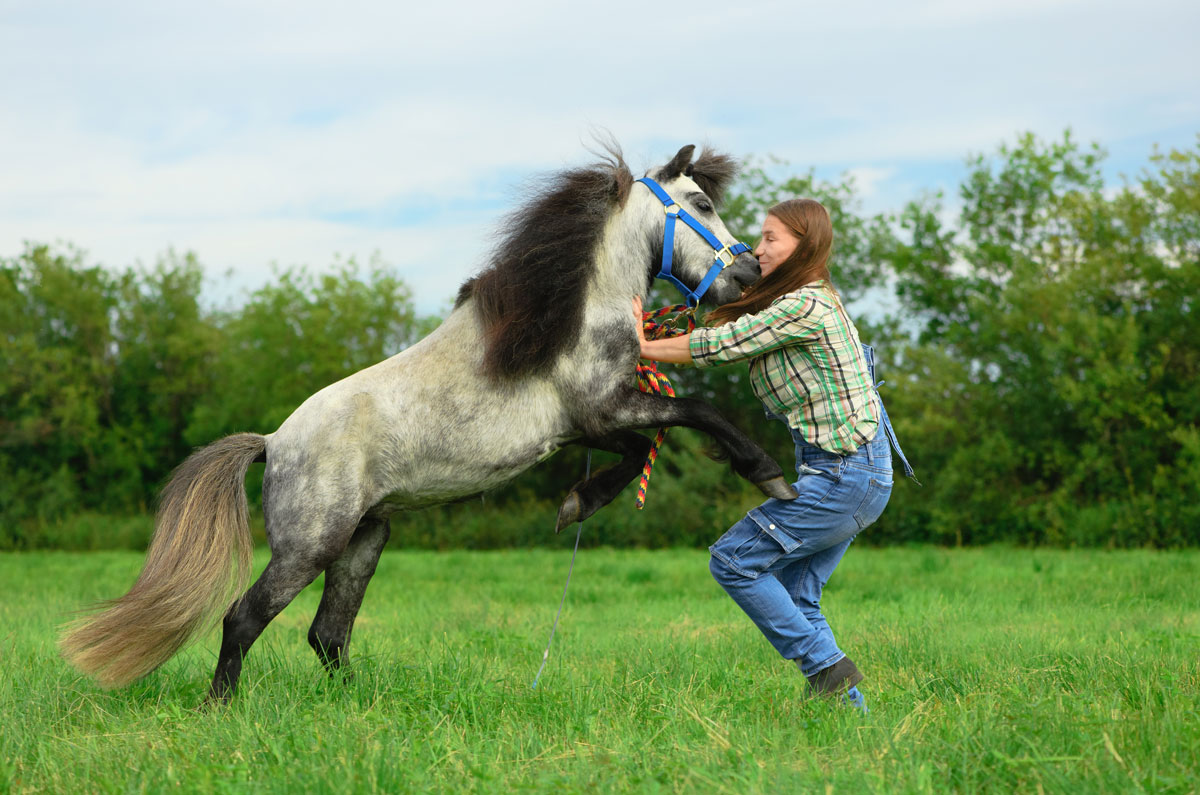
Editor’s note: Many European horses travel across multiple countries on their way to sales or slaughter. This “broke” vs “unbroke” test was designed to be useful in those situations.
Transporting horses can be fraught with difficulty when it involves fractious individuals. The Morris Animal Foundation is reporting on a new test established by a team at the University of Bologna to discern “unbroke” from “broke” individuals. This strategy was employed on 100 horses by using a veterinarian knowledgeable about horse behavior to test a horse in two phases. Each phase was allowed a maximum of five minutes to make the determination:
1. How long it took for the tester to approach and halter the horse was timed.
2. Then, the tester asked the horse to lead three steps forward and three steps back.
Not only was the observer interacting directly with each horse in that 2-step process, but horses were also evaluated for avoidance behavior distance, along with heart rate and respiratory rate.
A horse demonstrating stress or aggression was allowed to stop the test. Based on the tester’s assessment, a horse was declared broke or unbroke. Three weeks later, a group of the 100 horses was retested to confirm reliability of the test.
All the testing was videotaped and observed by four additional persons including a senior veterinarian who used the videos to train three veterinary or animal science students. This group of four scored each video and then of those, 20 videos were re-evaluated and rescored.
Taking all the data into account, the conclusion is that this Broke/Unbroke Test process (BUT) is reliable and should be an excellent tool to improve road travel safety for horses in Europe. If this testing process can be incorporated into a regulatory framework, the test designers believe this could not only provide improved horse welfare but also minimize horse injuries to humans.








